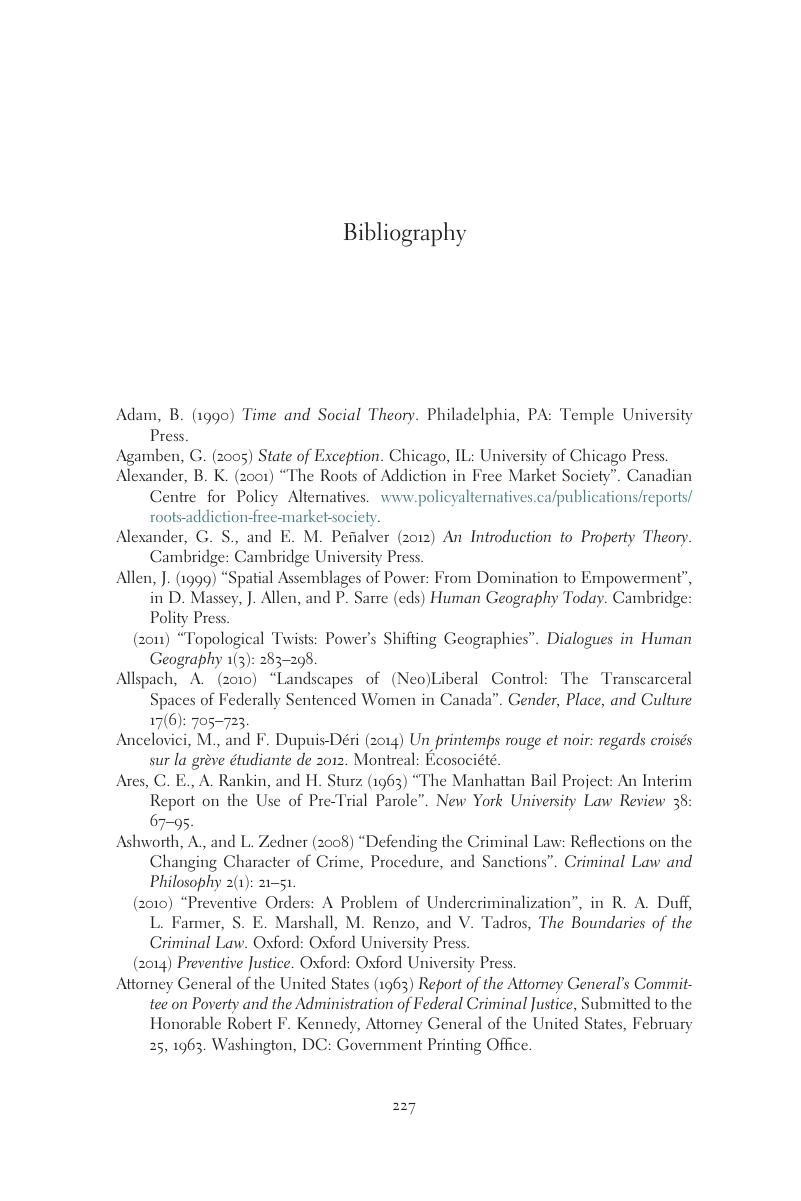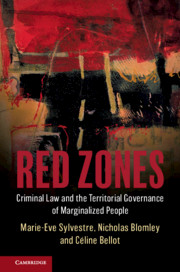Bibliography
Published online by Cambridge University Press: 06 February 2020
Summary

Information
- Type
- Chapter
- Information
- Red ZonesCriminal Law and the Territorial Governance of Marginalized People, pp. 227 - 246Publisher: Cambridge University PressPrint publication year: 2020
